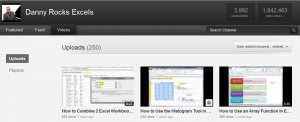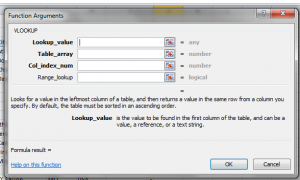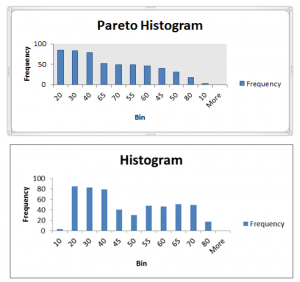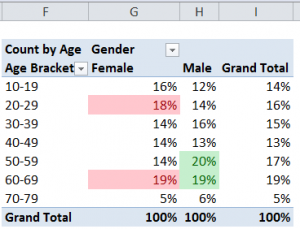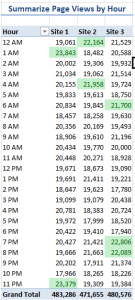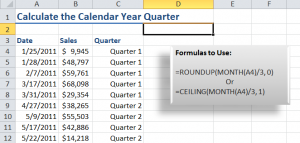I was thrilled to see this list – posted on Facebook – that recognized my YouTube Channel, DannyRocksExcels, as one of the Top 10 Sites for Microsoft Excel tutorials!
See the Complete List – Top 10 YouTube Channels
Click here to see the list of the Top 10 YouTube Channels for Excel Tutorials. I am honored to be included in this list!
Visit My YouTube Channel – DannyRocksExcels
I invite you to visit my DannyRocksExcels Channel on YouTube.
As of today, I have published 250 Video Tutorials on YouTube. Many of my videos can be viewed in High Definition.
My videos have been viewed nearly 1.9 million times and my list of subscribers is close to 4,000.
My Top 10 Videos – The Last 7 Days
Here is a list of the 10 Most Viewed Excel Tutorials at DannyRocksExcels over the last 7 days – dating back from August 17, 2012. I have created Hyperlinks for each video. Just click on the title that you want to watch on YouTube:
- How to Use Advanced Filters in Excel
- How to Merge Multiple Excel Workbooks to a Master Budget
- Compare Two Excel Lists to Spot the Differences
- Use the Built-in Data Form in Excel to View and Filter All Fields for a Record
- How to Add a Check Box Control to an Excel Form
- How to Create a Summary Report from an Excel Table
- How to Create an Interactive Excel Pivot Chart
- Create Interactive Excel Forms by Including Option Buttons
- How to Use an Excel Data Table for “What-if” Analysis
- How to Calculate Overtime Hours on a Time Card in Excel
Shop at My Secure Online Website
I invite you to visit my secure online shopping website – http://shop.thecompanyrocks.com – to preview all of the Training Resources that I offer you.

